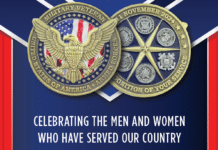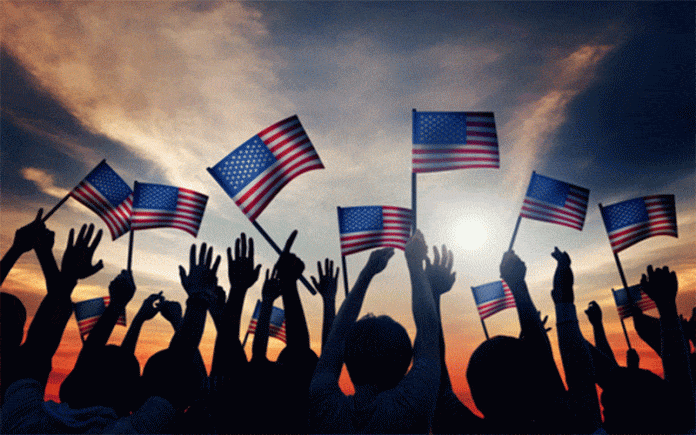The study of politics allows people to use critical thinking in understanding how the world works. This is why many reputable organizations and educational institutions like Norwich University offer opportunities for students to explore this discipline. After all, the fate of any democracy lies primarily on whether the voting populace is politically literate.
Political parties, in particular, are a crucial aspect of any political system. Throughout the history of American politics, political parties have helped create and implement election regulations, and are crucial in organizing government leadership. Here is a quick overview of the history of American politics:
The First Party System
The founders of the Constitution were wary of the idea of political parties. They warned against factions that could potentially seize government control. Despite their apprehension, the first modern political parties came into being in 1789. The first political parties were established because of the issue of federal power.
- The Federalist Party, spearheaded by Alexander Hamilton, believed that the federal government should hold more power, especially in protecting the country’s emerging industries.
- On the other side is the Democratic-Republican Party, led by James Madison and Thomas Jefferson. They believed that the federal government’s power should be limited and that the state and local government should hold most of the power.
The central issues that divided these two parties also included the support of the French Revolution as well as the War of 1812.
The Second Party System
However, the Federalist Party was unable to sustain itself of the lack of a mass membership base. They soon ceased to be a force after their dismal loss in the 1816 presidential election. At the same time, infighting plagued the Democratic-Republican Party and forced it to separate into two factions:
- The Democratic Party elected their presidential candidate, Andrew Jackson in 1828.
- The National Republicans, later known as the Whig Party, formed in 1834 as an opposition to the Democratic Party.
This second party system created the Jacksonian Democracy, an era which lasted until the outbreak of the Civil War. This is a system which expanded voting rights to all white males and created the spoils system. Also known as the patronage system, the spoils system rewarded party loyalty with jobs and favors if the party won.
The Third Party System
By 1860, the Whig Party fell apart because of internal conflicts regarding the issue of slavery, as well as patronage. Although the Democratic Party was also divided over the issue of slavery, it stayed intact. Numerous political groups emerged during this time, but two would eventually stand out:
- The Republican Party was created in 1854, after an assembly of disillusioned Democrats, former Whigs, and members of the Free-Soil Party, an abolitionist group. It would become the majority party and rule the system for most of this era.
- The Democratic Party eventually split into two branches—Northern and Southern—because of the issue of slavery and the rights of the states. Southern Democrats were heavily in favor of slavery, and many believed that a state should have the right to secede from the Union if the federal government interfered with slavery.
Essentially, the Republican Party was anti-slavery. The Democrats, on the other hand, believed that the Republicans would launch a civil war. Ironically, the split of the Democrats would usher in the Civil War.
The Fourth Party System
Because of the defeat of the Southern Confederacy, the Democratic Party also lost public favor because the voters associated them with the pro-slavery movement. As a result, the Republican Party became the ruling party for many years. However, the Great Depression would usher in a switch of roles between the two parties:
- The Republican Party’s presidential candidate in 1900, Franklin Roosevelt, championed The New Deal, which involved pro-union laws, social security, and economic relief measures. However, the Republicans believed that the government was becoming a welfare state.
- With the loss of Roosevelt in 1912, Woodrow Wilson from the Democratic Party would then support progressive policies such as women’s suffrage and the establishment of the League of Nations.
Conclusion
The American political system has always been a competitive one. Today, the two major parties agree on most issues such as civil rights, social security, foreign policy, and unemployment insurance. The source of contention is often on how these goals can be attained.
Republicans, for the most part, believe that government programs should not be the sole solution to national problems. On the other hand, Democrats think that the government should have a bigger role in social issues.
All content herein is owned by author exclusively. Expressed opinions are NOT necessarily the views of VNR, authors, affiliates, advertisers, sponsors, partners, technicians, or VT Network. Some content may be satirical in nature.
All images within are full responsibility of the author and NOT VNR.
Read Full Policy Notice - Comment Policy



























